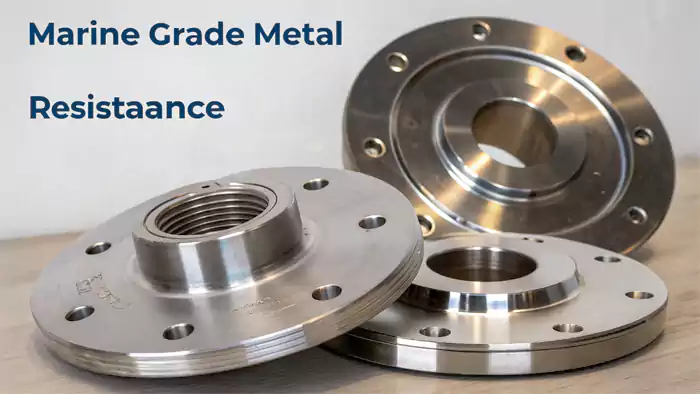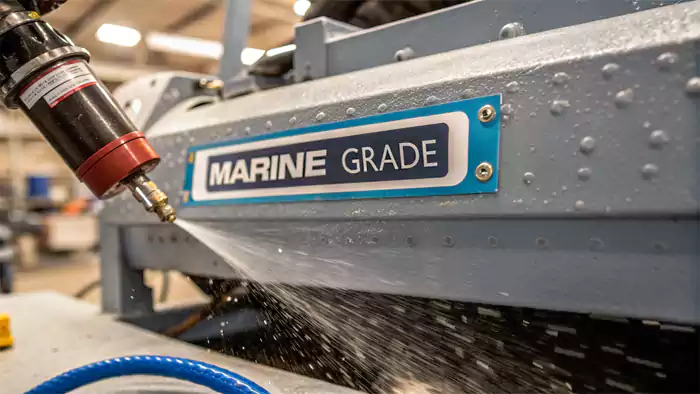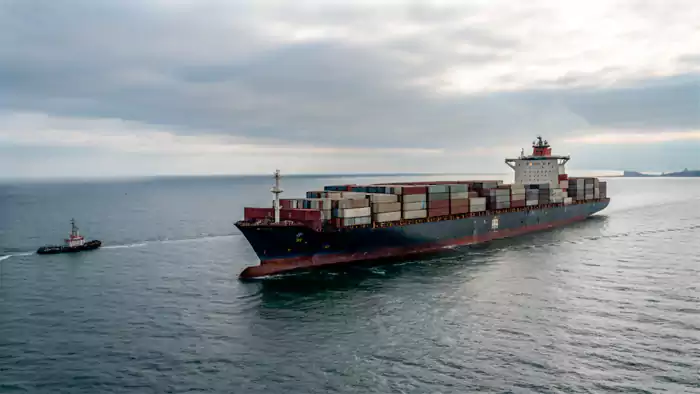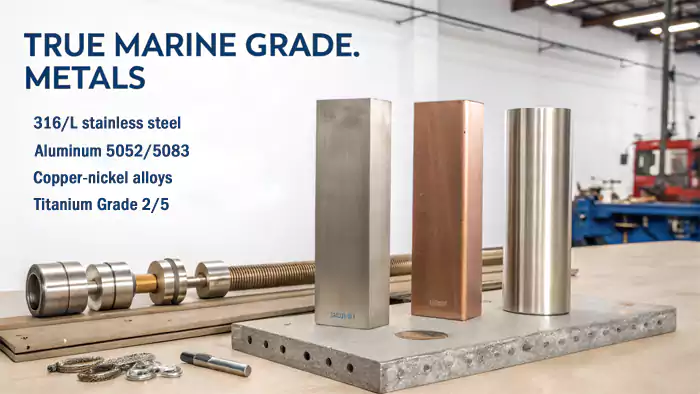When installing handrails on my first seaside project, I watched regular stainless steel crumble like cookie crumbs in just 18 months. That’s when I discovered marine grade metals – the ultimate solution for ocean environments.
Marine grade metals are specially formulated alloys that resist saltwater corrosion through enhanced chemical composition and protective treatments, making them essential for marine applications like boat hardware and coastal infrastructure.
You might think "stainless steel" means rust-proof, but marine environments break that promise daily. Let’s explore what makes metals truly ocean-worthy.
What is Marine Grade Metal?
I nearly lost a client when their dock cleats dissolved faster than sugar cubes. Marine grade metal isn’t just a material – it’s survival armor for saltwater warfare.
Marine grade metal refers to corrosion-resistant alloys specifically engineered for prolonged exposure to saltwater through enhanced chemical composition and surface treatments like anodizing or galvanization.

The Science Behind Salt Resistance
Three key factors determine marine worthiness:
| Factor | Why It Matters | Example Implementation |
|---|---|---|
| Chromium Content1 | Forms protective oxide layer | 316 stainless contains 16-18% Cr |
| Molybdenum Additives2 | Resists pitting corrosion | Added 2-3% in 316/L grades |
| Surface Treatments | Extra protection layer | Hot-dip galvanizing with zinc |
Coastal projects require different protection than open ocean applications. For tidal zone installations, I always specify duplex stainless steels like 2205 – their dual-phase structure laughs at salt spray.
What Does Marine Grade Actually Mean?
A boat owner once showed me "marine grade" aluminum brackets that looked like Swiss cheese after one season. The term means nothing without certifications.
"Marine grade" indicates compliance with specific corrosion resistance standards for marine use, verified through accelerated salt spray testing and real-world performance benchmarks.

Decoding Marine Certifications
Look for these marks of authenticity:
- ASTM B1173: Standard salt spray test (5000+ hours resistance)
- EN 10088-3: European stainless steel marine compliance
- MIL-S-22698C: US Navy shipbuilding specs
In our CNC shop, we verify marine claims through brutal reality checks – submerging sample parts in actual seawater for 90 days. Only 316 stainless and C70600 copper-nickel4 passed last test cycle.
What Defines Marine Grade Standards?
I once rejected a "marine compliant" titanium shipment that failed basic pitting tests – standards exist to prevent such disasters.
Marine grade standards specify minimum requirements for alloy composition, mechanical properties, and corrosion resistance through organizations like ASTM, ISO, and marine classification societies.

Key Standard Components
Every marine metal spec sheet should include:
- Chloride Threshold Values5: Minimum salt concentration causing pitting
- CREVICE Ratings: Resistance to trapped moisture corrosion
- Galvanic Compatibility: Plays well with other marine materials
For offshore oil rig components, we combine ASTM A479 with Norsok M-630 specifications6 – the gold standard combo for North Sea conditions.
Which Metals Qualify as Marine Grade?
When designing submarine camera housings, we learned not all "marine" metals are equal. Here’s what actually works:
True marine grade metals include 316/L stainless steel, aluminum 5052/5083, copper-nickel alloys, and titanium Grade 2/5, each offering distinct advantages for specific marine applications.

Ocean-Proof Metal Showdown
| Metal Type | Best For | Lifespan | Cost Factor |
|---|---|---|---|
| 316 Stainless | Fasteners, rails | 25+ years | $$$ |
| 5083 Aluminum | Hull plates | 15-20 years | $$ |
| C70600 CuNi | Heat exchangers | 30+ years | $$$$ |
| Gr5 Titanium | Propeller shafts | 40+ years | $$$$$ |
For budget-conscious projects, hot-dip galvanized steel (ASTM A123) works for temporary coastal structures. But permanent installations? I always push clients toward 316/L – it’s the marine workhorse for good reason.
Conclusion
Marine grade metals combine specialized alloys and treatments to battle salt corrosion, with proper selection depending on application, environment, and certification compliance. Choose wisely – ocean victory demands proper armor.
Footnotes:
-
Understanding Chromium’s role can enhance your knowledge of marine material durability and performance. ↩
-
Explore how Molybdenum enhances material longevity, crucial for marine applications. ↩
-
Understanding ASTM B117 is crucial for ensuring marine materials meet durability standards. Explore this link to learn more about its significance. ↩
-
C70600 copper-nickel offers excellent resistance to seawater corrosion. Learn more about its advantages in marine settings. ↩
-
Understanding Chloride Threshold Values is crucial for preventing pitting corrosion in marine environments. Explore this link for detailed insights. ↩
-
Norsok M-630 specifications are vital for ensuring safety and performance in harsh marine conditions. Learn more about these standards. ↩
